Graphics processing units (GPUs) are one of the key components of gaming PCs because they generate onscreen images. Most GPUs have powerful chips to run complex graphics, and they also have built-in fans to keep them cool and running correctly. GPUs often come with a one-year warranty but should last around four to five years, depending on usage.
Despite the built-in cooling, GPUs are like any other computer component and can die after extended use. Other factors like incompatible drivers, overheating, and moisture buildup are also common reasons why GPUs fail. Having poor airflow in the PC case or running off an insufficient power supply are other common reasons why GPUs fail.
Apart from physical problems, software-related issues can also prevent GPUs from functioning correctly. Sometimes drivers get corrupted, and occasionally, system updates can corrupt drivers and cause the GPU to fail.
Graphics cards also have a reduced life expectancy if they are overclocked or work at their limit for an extended time. If the GPU is constantly pushed to its limit, the bearings on the fans wear out faster, leading to failure and overheating.
Ways to tell if your GPU is dying
PC crashes
There are many reasons why a PC can crash, and a defective GPU is one of them. When the GPU is faulty, the PC might crash and have trouble rebooting. When the GPU dies, the monitor remains in standby mode when the PC is on, and on other occasions, there may be beeping sounds or warning codes coming from the motherboard.
Stuttering and glitches
Screen tearing and stuttering can also be symptoms of a dying GPU. Sometimes the screen displays strange colors or images that shouldn’t be onscreen. These visual artifacts can occasionally occur if the GPU is working fine, and there is only cause for concern if the problem persists.
Blue screen
If users get a blue screen error, especially when doing graphics-intensive activities, there’s a chance the GPU may be having problems.
Fan noise or inactive fan
If the fans on the GPU are making a loud noise consistently, it means they are working extra hard to keep it cool, and there may be an issue. Sometimes if a fan stops functioning, it leads to the GPU running at higher temperatures, which can cause faults and reduce its lifespan.
These problems can also be caused by other hardware or software problems, so users should troubleshoot to confirm that it’s the GPU and not other components that are faulty.
Troubleshooting

If you are experiencing problems with your graphics, it’s worth troubleshooting to make sure it’s the GPU and not other components causing the issues. It’s possible to rectify minor problems rather than buying a new GPU.
Physically checking the GPU
Since a GPU can be affected by dust or being out of position and sagging, it’s worth giving it a physical check.
- To check the GPU, turn off and unplug the PC.
- Open the side panel of the PC case and remove the screws keeping the GPU in position.
- Remove the PCIe cable connected to it and move the tab at the end of the slot keeping it in place.
- Once the GPU is removed, inspect it for dust or any physical damage.
- If the GPU is dusty, gently clean it with Q-tips, a soft cloth, and some alcohol to ensure the contacts are clean and there’s no debris preventing the fans from turning.
- While the GPU is out of the PC, clean the PCIe slot on the motherboard to ensure optimal contact when the GPU is reinstalled.
- If there’s physical damage, users can enquire about replacement parts from the manufacturer before throwing away the GPU.
Hardware monitoring software
Users can check the performance of their GPU by using heat-monitoring in applications like MSI Afterburner or stress-testing software. Monitoring software provides real-time information about the GPU’s performance and allows users to pick up on errors.
Reinstalling drivers
Some GPU problems are software-related instead of hardware-related. The first step is to check the Device Manager in Windows to determine whether the PC detects the GPU and if the drivers are installed correctly.
- Find the GPU details under Display Adapters in Device Manager.
- Right-clicking on the device will display several options, including Update Device, Disable Device, Uninstall Device, Scan for Hardware Changes, and Properties.
- The first step is to check the device status under Properties. It should read, “This device is working properly.”
- Clicking on the Driver tab under Properties, gives the driver details, including the version and date.
- It’s worth checking the driver release date to see if it corresponds to when the GPU started having problems.
- Use the Driver tab to check for driver updates. If the GPU is already using the latest drivers and still not functioning, it may be worth uninstalling the GPU and reinstalling it.
- To uninstall the GPU, click on the Uninstall Device button in the Drivers tab.
- After confirming the uninstall, restart the PC.
- When the PC restarts, it should detect the GPU and reinstall the drivers.
- If the PC doesn’t detect the GPU or can’t install the drivers, there might be an issue with the card.
Trying a different GPU or slot
If the display isn’t coming on at all, it’s a good idea to remove the add-on GPU and connect the monitor to the built-in GPU. If the PC works with the onboard GPU, there’s a good chance the discrete GPU is the issue.
Users with a spare GPU can see if swapping cards works or not. If the spare GPU works, it’s likely that the original one has malfunctioned.
Alternatively, it’s also worth trying another PCIe slot to see if the GPU works. Most PCs come with multiple PCIe slots, and if the slot is faulty, the GPU won’t work. An easy way to check if the slot is faulty is by trying the GPU in a spare slot or trying a spare GPU in the slot that isn’t working.
Preventative measures
Like most PC components, GPUs eventually fail. It’s still better to prolong the life of a GPU than to spend a fortune on a replacement. Here are some of the ways to keep the GPU running correctly.
Adequate cooling
Overheating is one of the most common reasons why components fail. While most GPUs come with built-in fans for cooling, ensuring the temperature in the case remains stable at all times and that there’s adequate airflow is crucial to the GPU’s longevity. Aftermarket air and liquid GPU coolers provide extra cooling if the standard fans can’t cope.
Regular cleaning
Dust and other debris often find their way into the cooling fans, clog them up, or prevent the bearings from moving correctly. Dust can even compromise the GPUs contact with the motherboard by getting into the slot or building on the contacts. A simple cleaning can remove the dirt and may extend the life of the GPU.
Cleaning the GPU with alcohol, some Q-tips, and a soft cloth can remove the built-up dirt. A can of compressed air or a blower can also blow away the dust.
Keep drivers up to date
Manufacturers always update driver software to keep up with new game releases and optimize performance. It’s worth keeping all the drivers and related utility software up to date to ensure compatibility with the latest software releases.
Keep track of performance
There’s software available to monitor a GPU’s performance so that users can monitor any change in temperature or performance. If potential problems are caught early enough, users can rectify them before getting any worse.
Limit overclocking
It’s common to overclock GPUs to squeeze out the best gaming performance. While overclocking results in a higher framerate, the GPU’s stress and power consumption increase and lead to faster wear and tear.
These are the main ways to tell if a GPU is dying. Typically, the GPU needs to be cleaned and reseated or reinstalled. If none of these troubleshooting options work, the GPU may be faulty and need replacing.


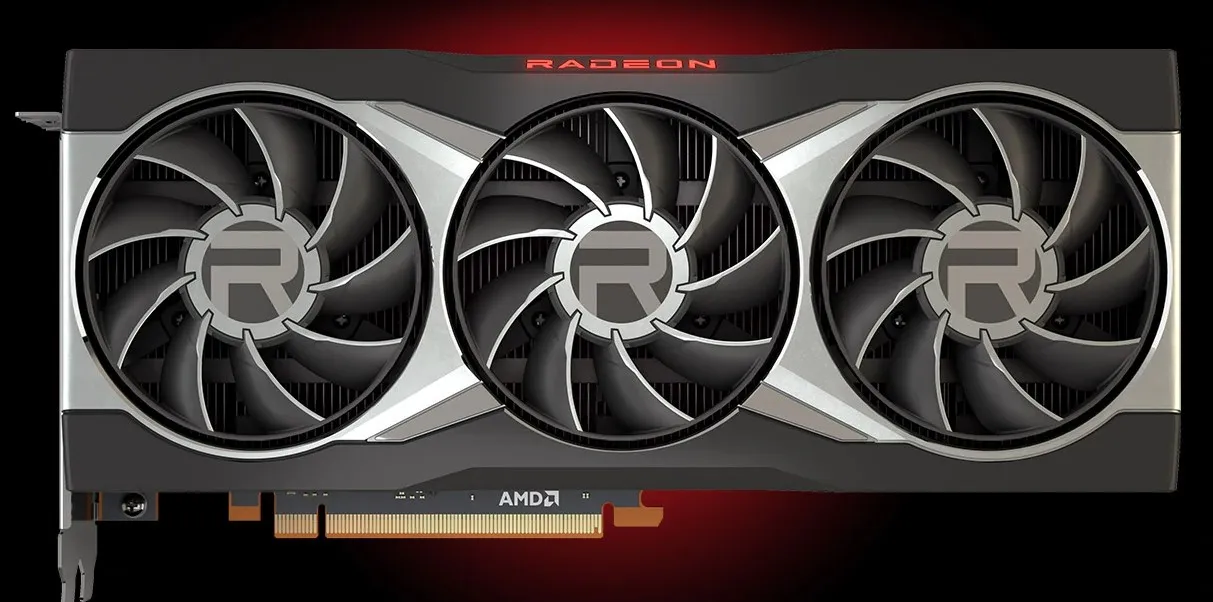



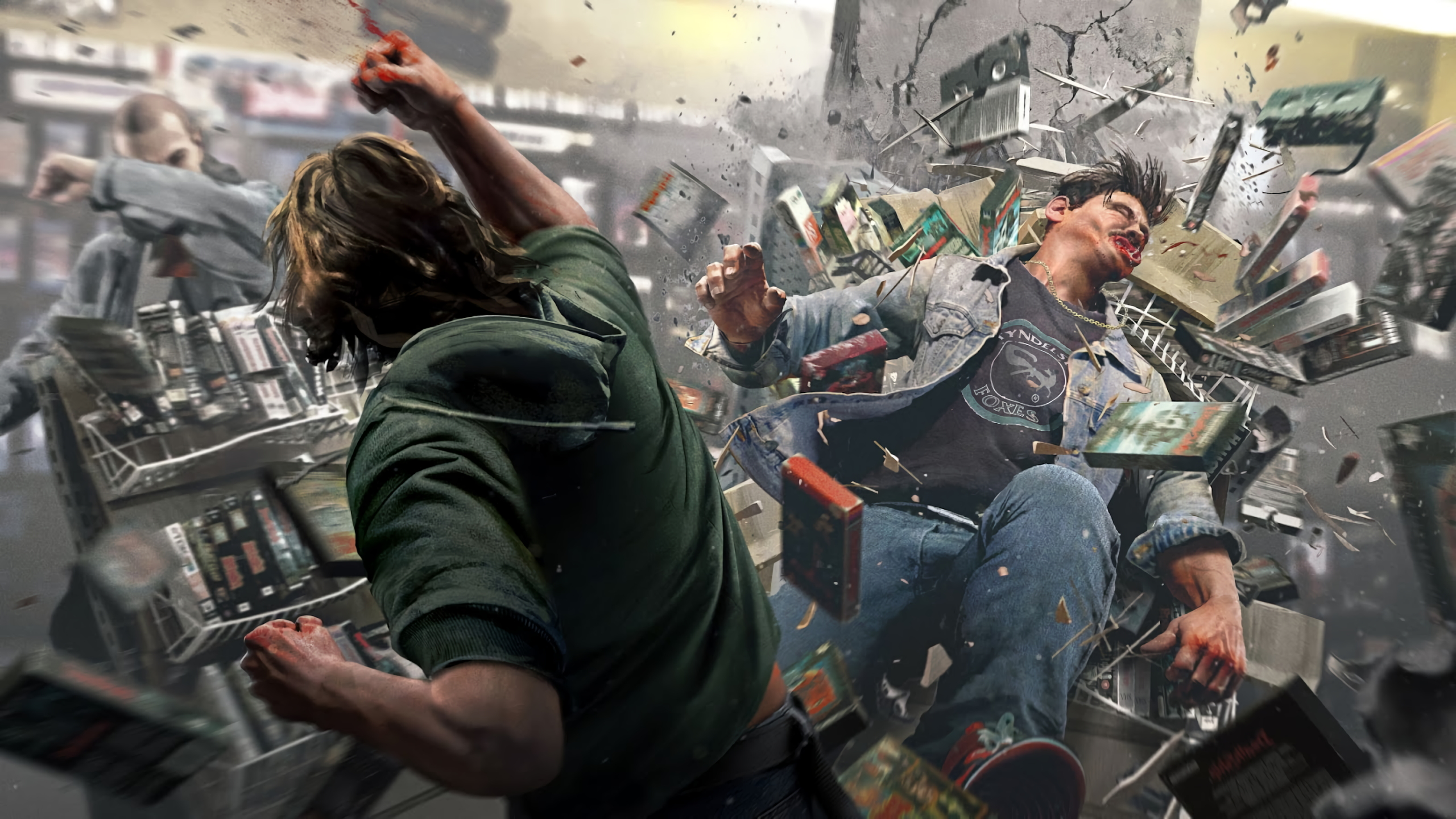
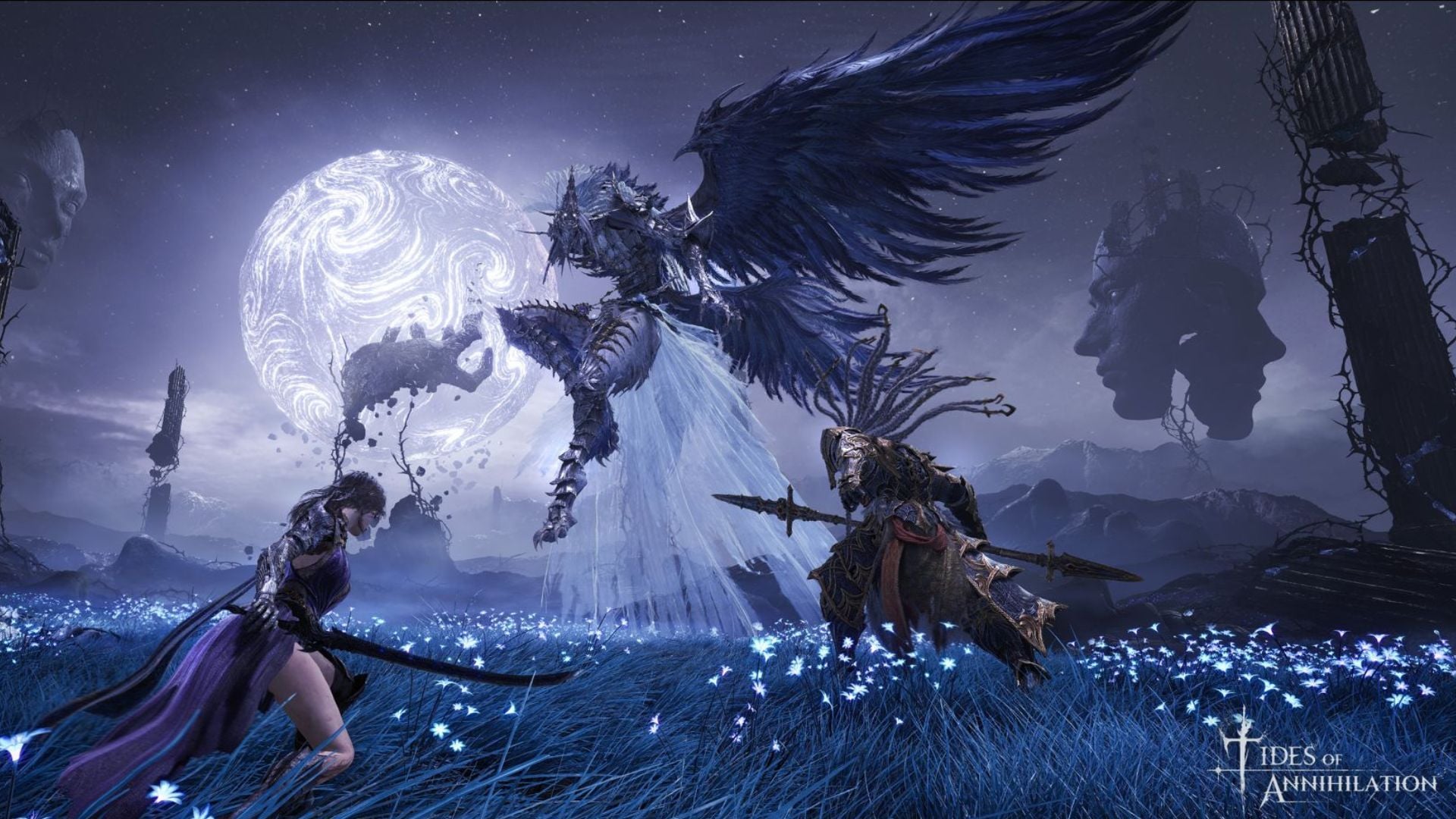
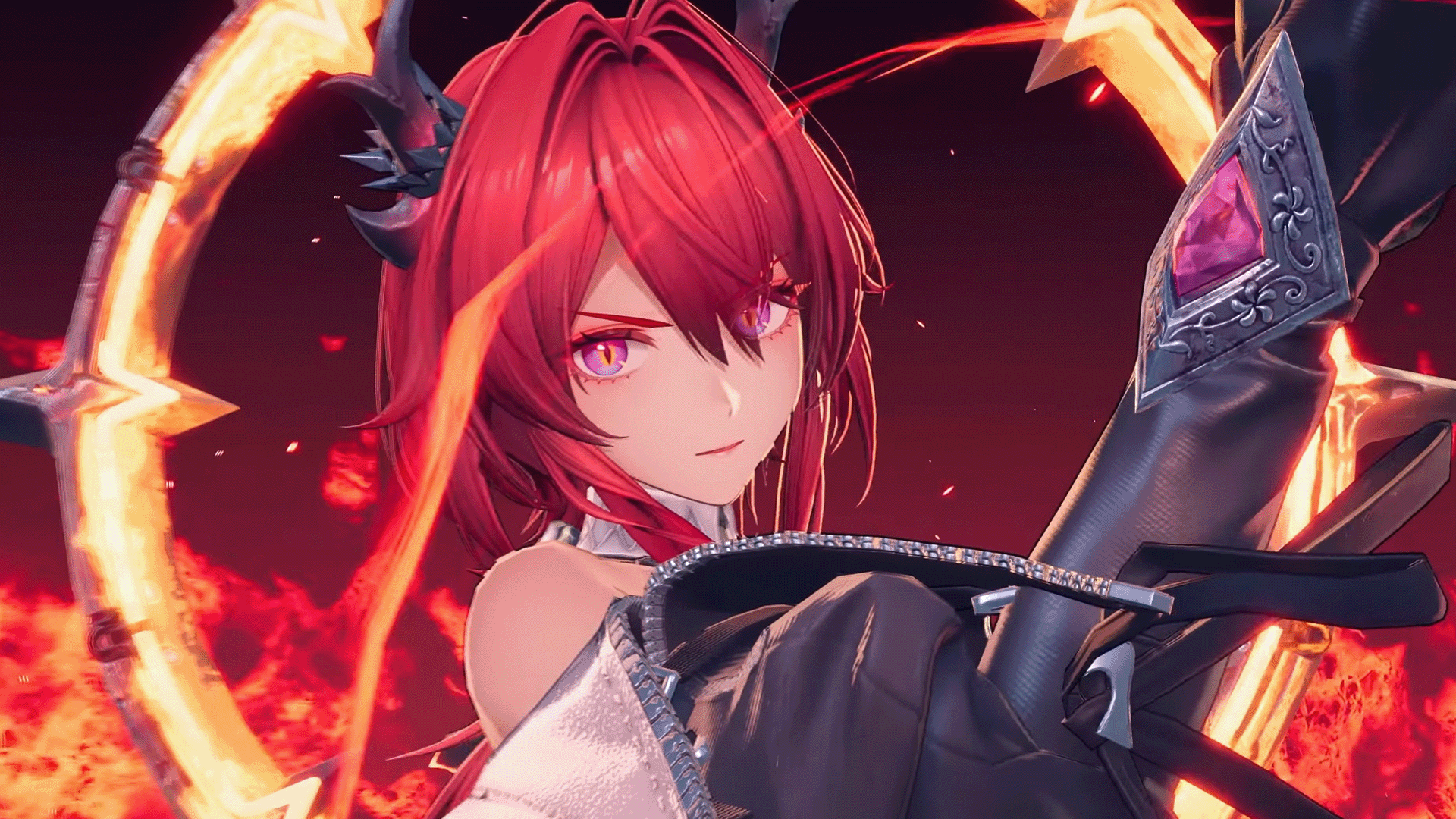


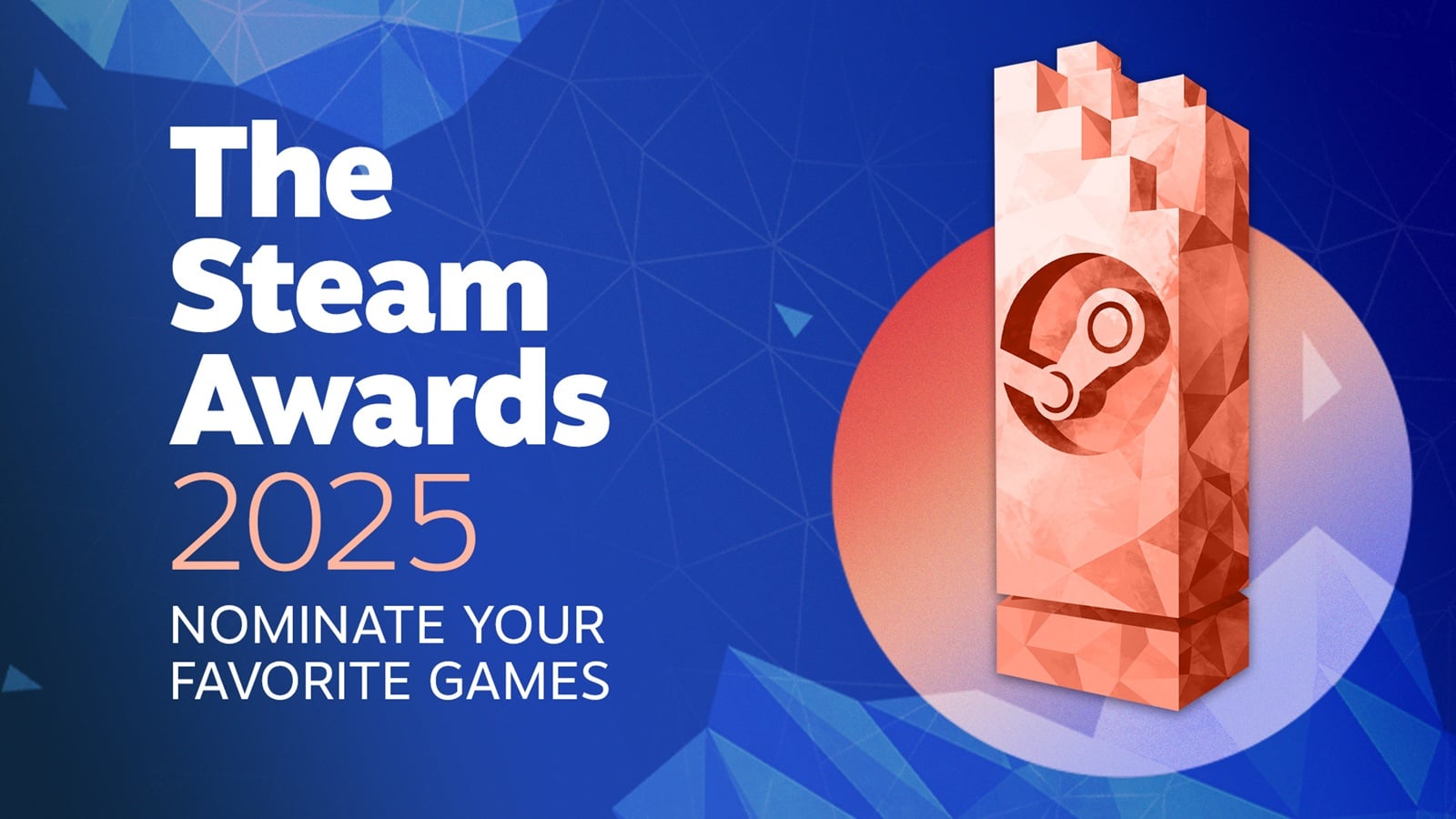
Published: Aug 13, 2021 12:37 pm